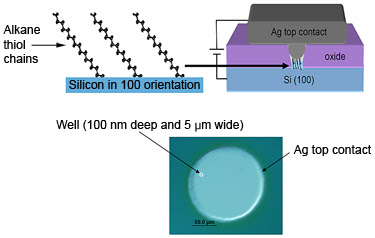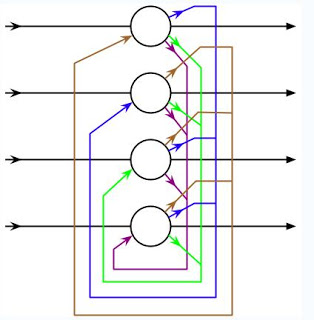Current information on Wind Power material usage
Per Peterson, Prof at Berkeley provides information on construction material for energy. 95% of construction inputs are steel and concrete. This article looks at the most recent wind turbines and finds that wind power’s need for a lot of steel and concrete is not substantially changed from the 1990 figures. 700-1000 tons (not including all …





